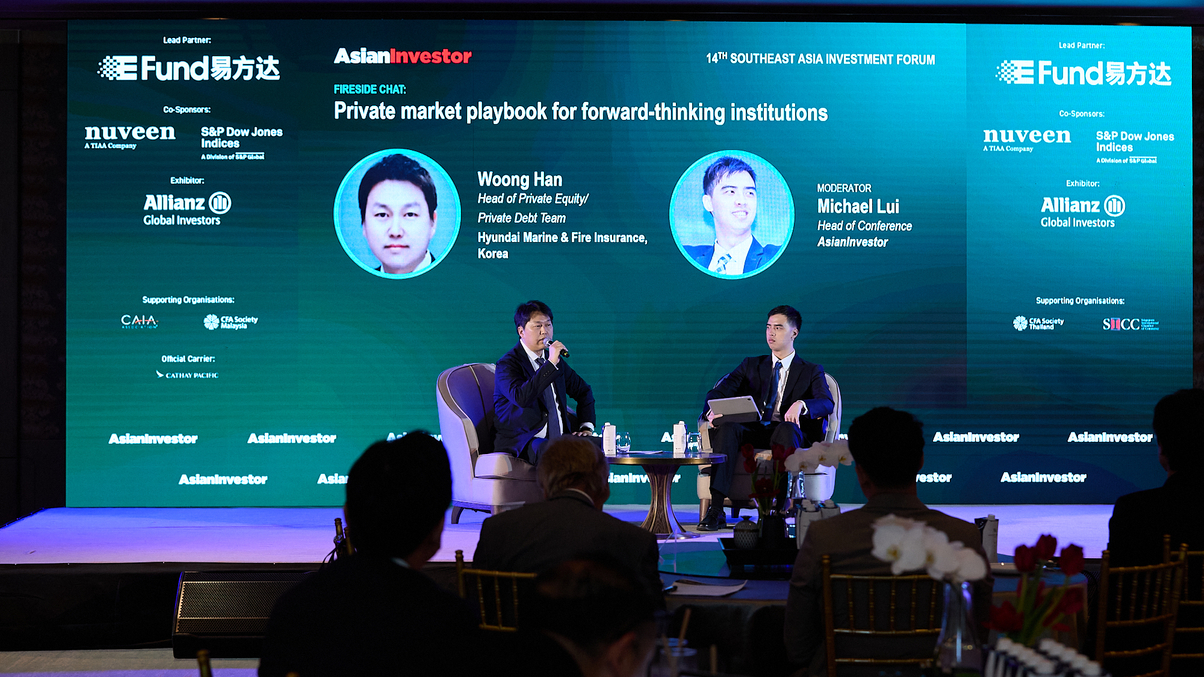Hyundai Marine & Fire Insurance to raise exposure to mid-sized buyouts
The head of the private equity and private credit team at one of Korea's biggest non-life insurers explains where it sees opportunities over the the next year.

Korea’s Hyundai Marine & Fire Insurance plans to raise allocations in the buyout funds, a senior company executive said.
Sign in to read on!
Registered users get 2 free articles in 30 days.
Subscribers have full unlimited access to AsianInvestor
Not signed up? New users get 2 free articles per month, plus a 7-day unlimited free trial.
¬ Haymarket Media Limited. All rights reserved.


